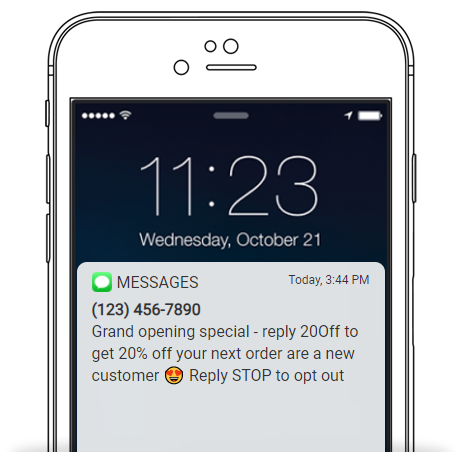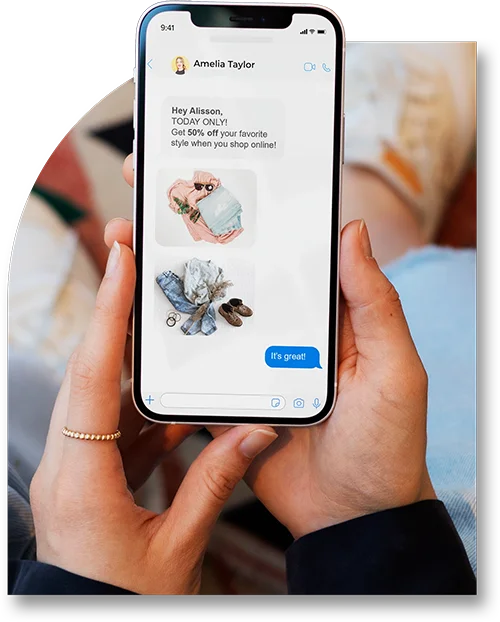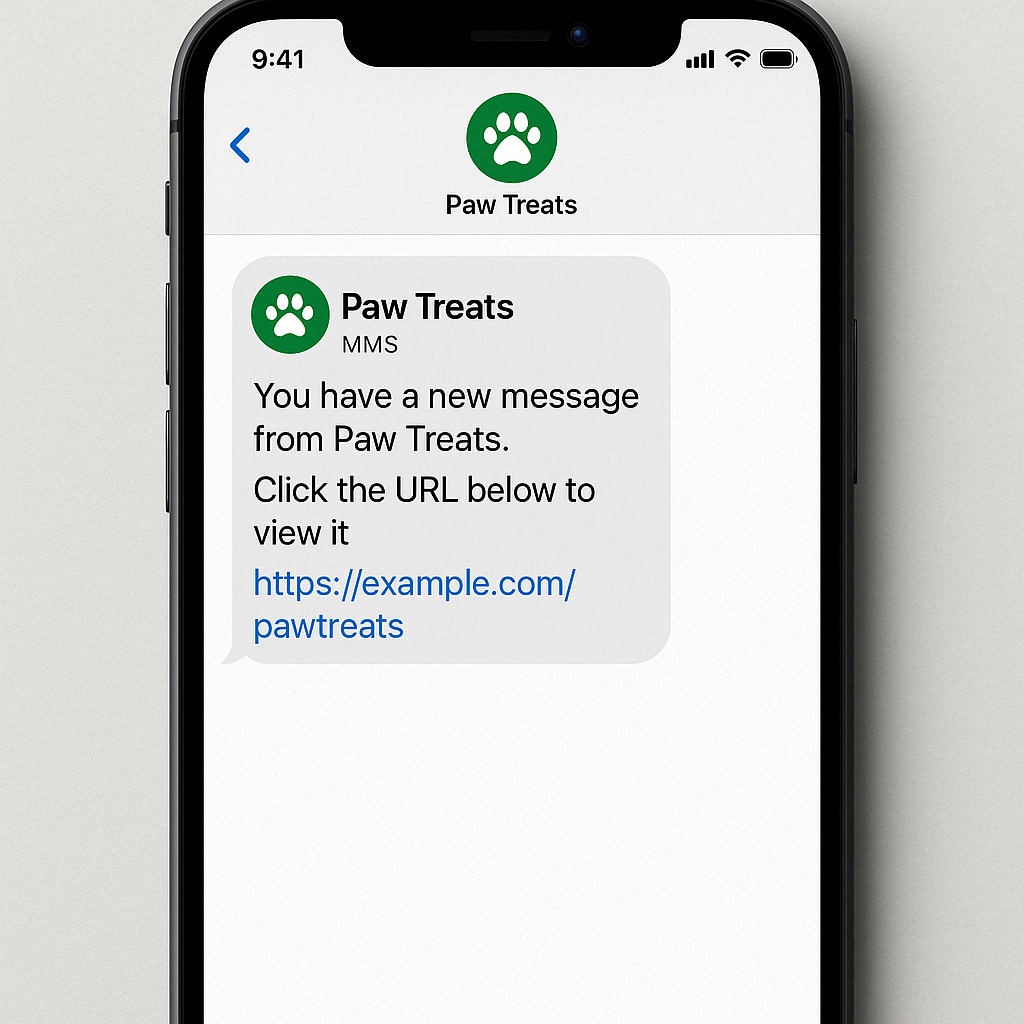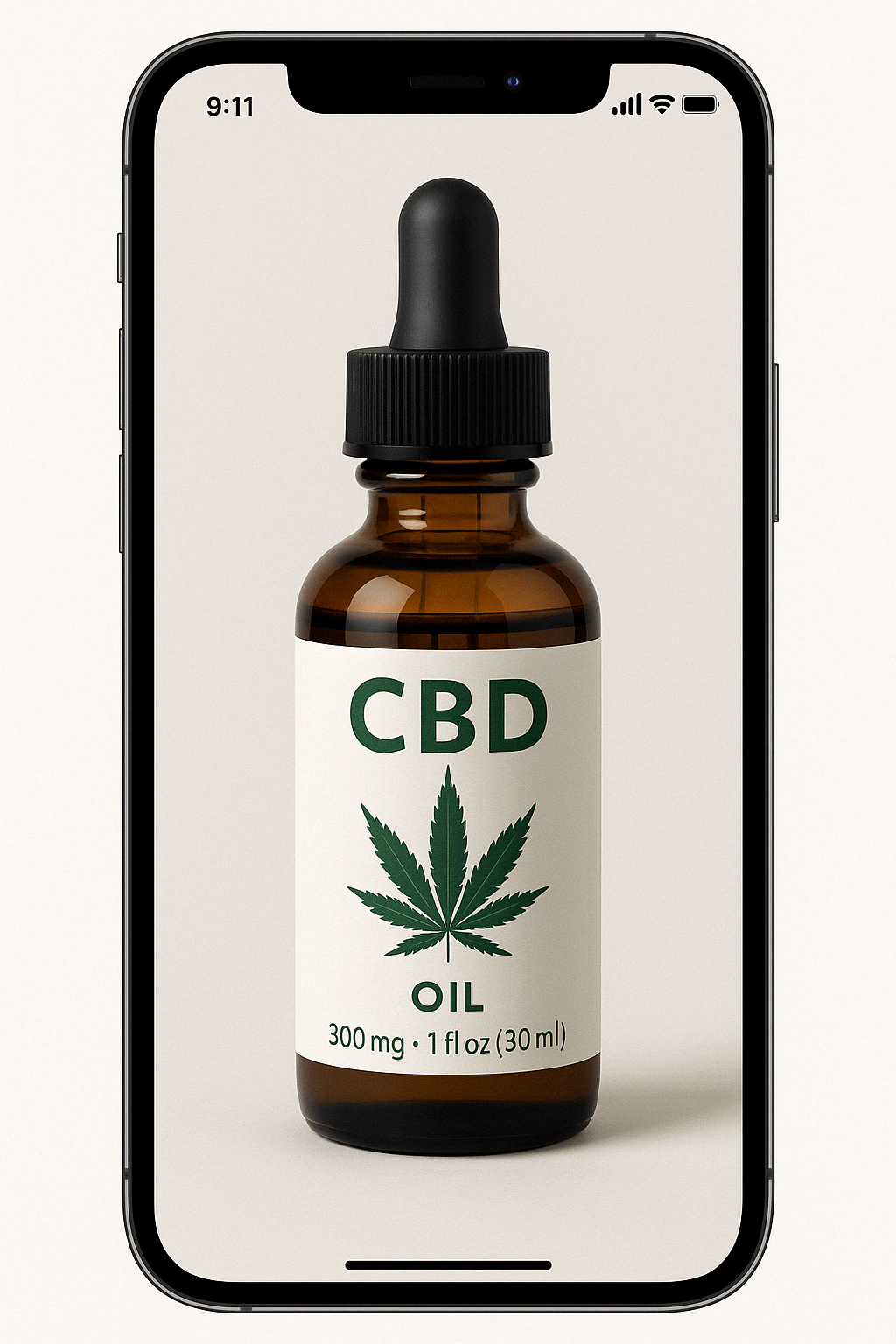SMS marketing is one of the most effective tools for cannabis and CBD businesses. With a 95% average open rate, text messages are a direct way to reach customers. This guide shares strategies to help your texts get delivered, read, and drive sales for your products or dispensary. Stronger SMS marketing means higher revenue.
Because of carrier regulations, brands considered part of S.H.A.F.T. (sex, hate, alcohol, firearms, and tobacco) are restricted in what they can send via SMS. Major carriers like AT&T and T-Mobile block or limit direct messaging for these industries.
These restrictions are enforced both through scanning message content for carrier violations and with new 10DLC requirements.
Download the Restricted Industries SMS Marketing Guide
DailyStory’s guide to SMS marketing for restricted industries shows how businesses in regulated sectors like alcohol, firearms, and tobacco can legally and effectively use text messaging through compliant strategies, secure message delivery, and automated tools.
These PDF guides detail the steps you should follow to run a great SMS marketing campaign. And, it is specifically written for marketers in restricted industries.
At DailyStory, we’re focused on helping marketers incorporate process, consistency and measurement around your marketing campaigns. Doing so enables you to make decisions based on performance versus what you think might be working.
While many of these recommendations don’t apply strictly to cannabis and CBD, most do. And, although cannabis is not federally legalized yet, consideration should be made for what is legal in a state-to-state environment.
And, finding cannabis-friendly SMS providers is not easy.
How phone companies view SMS Marketing
SMS marketing relies on telecom networks, such as AT&T, to deliver messages via SMS (Simple Message Service) and MMS (Multimedia Messaging Service). Understanding how carriers process your messages is critical, as it determines what content can be successfully delivered.
Messages sent over carrier networks are billed per 160-character segment and are subject to delivery at the carriers’ sole discretion.
What are SMS and MMS messages?
SMS messages are sent as text but can include special characters like emojis. For example:

An SMS has a character-length limit of 160 characters, known as a “segment.” A segment is a hold-over from a time before smartphones. And, it’s common to send and receive messages that are more than 160 characters long. However, the telecommunication companies still charge per message segment.
How much does it cost?
As of 2025, average industry pricing is as follows:
- SMS: Around $0.0075 to $0.01 per 160-character segment, plus carrier fees ranging from $0.005 to $0.0075 per message.
- MMS: Typically billed as the equivalent of three SMS segments, resulting in an average cost of $0.0225 to $0.03 per message.
If you’re sending messages for a restricted industry—such as cannabis, CBD, alcohol, or adult content—your messages are subject to a flat rate of $0.05 per message, regardless of whether you’re sending SMS or MMS. This is due to additional carrier compliance requirements.
An MMS uses the same technology as SMS but MMS enables sending an image and optionally include text content. The cost for an MMS message is equivalent to three SMS segments. On average, an MMS message costs $0.0225 to $0.03.

MMS messages are supported by most modern smartphones, like Android and iPhone, but not all mobile devices can receive them.
Read more about text message marketing compliance and specifically how cannabis retailers stay in compliance with text messaging.
All content sent through phone companies’ networks is delivered at their discretion. This means that not all content will get through, and some content will get flagged as a “carrier violation.”
Stay compliant with confidence
Carriers have specific rules for restricted industries like cannabis and CBD. While these can impact what content is deliverable via SMS, DailyStory simplifies the process by using a secure notification model that helps you stay compliant while still reaching your audience.
For the most up-to-date best practices and compliance strategies, download our Restricted Industries SMS Marketing Guide.
Sending SMS and MMS as a Restricted Sender
To utilize text messaging as a restricted sender requires careful navigation of carrier regulations, following strict rules regarding 10DLC registration and special attention to your branding.
What is a “Restricted Sender” for SMS messaging?
A restricted sender in SMS marketing is any brand that is considered part of the S.H.A.F.T. category. Restricted brands can still send SMS traffic, but unfortunately the message is limited to notifications (detailed below). And, only after successfully navigating 10DLC registration.
What are the steps to register for sending restricted SMS messages?
To send SMS messages for restricted brands, you’ll first need to find a SMS platform that allows restricted traffic. DailyStory is one of the few SMS platforms that allows some brands that are part of the S.H.A.F.T. category to send SMS traffic.
Step 1 – Identify yourself as a restricted brand
The first step is identifying yourself as a restricted brand. For example, anything related to cannabis, CBD, hemp including both consumption and non-consumption products is still considered part of the S.H.A.F.T. category. This includes products such as clothing made from HEMP, infused beverages, vape products, edibles and even pet products.
Step 2 – Prepare for 10DLC Registration
Before submitted for 10DLC registration, it’s important to ensure all of the requirements are in place:
- Terms of Service – Terms of Service are the rules and conditions that users must agree to in order to use a website, app, or service. If you are sending SMS, please review our sample terms of service that includes examples of terms and phrases that are required prior to 10DLC submission.
- Privacy Policy – A Privacy Policy is a statement that explains how a company collects, uses, stores, and protects personal information from its users.
- Opt-in – identify how and where customers opt-in: in-store, online, texting opt-in, etc.
DailyStory maintains opt-in and opt-out logs for all subscribers. These logs allow you to audit subscribers to comply with various requirements, such as the California Consumer Privacy Act (CCPA).
- Opt-out – in addition to a clear opt-in path, a documented way to opt-out of SMS messages is required as well.
DailyStory has several built-in tools for managing opt-outs and ensures that all opt-outs are written to the audit log as well. When a subscriber opts-out of SMS messages, such as when texting “STOP”, DailyStory ensures that the recipient cannot receive further text messages automatically.
The final step is ensuring the terms of service, opt-in, and opt-out pages and paths contain language such as:
Reply STOP to unsubscribe. Reply HELP for help. Message frequency varies. Message and data rates may apply.
Step 3 – 10DLC Registration
While non-S.H.A.F.T. category brands can register for 10DLC fairly easily, restricted brands require special guidance through the process. This is where a platform like DailyStory helps – as we can successfully help restricted brands navigate this registration.
Registration for restricted brands can take 1-3 weeks depending upon the type of products the brand offers.
Step 4 – Brand image and name
Special consideration needs to be made for simplifying brand assets that include terms frequently flagged by carriers. For example, if your brand name includes “CBD,” you may want to register a simplified version for messaging purposes.
Step 5 – Branded URL (optional, but recommended)
While optional, we recommend customers use a branded URL for their messages. A branded URL is another anchor used to help recipients identify who the message is from, and you should avoid potentially sensitive terms in the URL string.
Step 6 – Audience education
The final step is to educate your customers. This can happen on your website as well as through an email marketing campaign.
How SMS works for restricted senders
Restricted senders cannot send direct SMS or MMS traffic. Instead the messages are effectively a notification of a message intended for the recipient.
For DailyStory customers that are flagged as restricted senders, the process for messaging customers is still very straight-forward:
1. Create the message for the recipient
Write the content you wish your recipients to read. This includes images, URLs, and text. Because the message is not sent as an SMS or MMS, the content of your message can include whatever you want. Including the use of terms, phrases, and images that are blocked for S.H.A.F.T. categorized brands.
All messages in DailyStory still support full personalization of the message content.
2. Schedule the message
Schedule the text message as normal. However the message sent to the recipients will not be the message created in step 1. Instead, the message sent is a notification message that the recipient has a messages from your brand.
Below is an example of what a notification message would look like:

The text message is sent as an MMS and includes the brand’s logo, a simple message, and a URL. The URL is personalized for each recipient such that when the URL is clicked the correct message is shown to the intended recipient.
Unfortunately the text of the restricted SMS message is not editable. However, we recommend using a URL domain that is familiar to your customers.
What happens when a recipient receives the SMS?
When a brand is identified as a restricted sender, the message sent to their recipients is sent as a notification message as described above. To view the message the recipient must click a link.
Click the unique link in the SMS
Each recipient receives a message with a unique URL. This allows for tracking link clicks, but also enables DailyStory to know who the recipient is when the page is viewed.
When the link is clicked the recipient will either be shown the message directly or will be required to verify themselves.
Verification of a message notification
If the message recipient has not verified themselves or has not recently viewed a message, they will be presented with a screen asking them to validate that they are the intended recipient. A one time passcode (OTP) is texted to the recipient which is then entered to validate that the intended recipient is attempting to view the message.
Viewing the message
If the message recipient has verified themselves recently, the message created for them will be shown immediately.
In conclusion
We hope this guide helps you run a successful text messaging campaign and provides some good tips. The legalization of cannabis, varying across state laws and federal law means that cannabis marketers operate in an ever-changing environment. It’s important to find partners that understand this environment and help you maximize your marketing investments.
DailyStory does selectively work with some S.H.A.F.T. brands. Please contact us to learn more.

